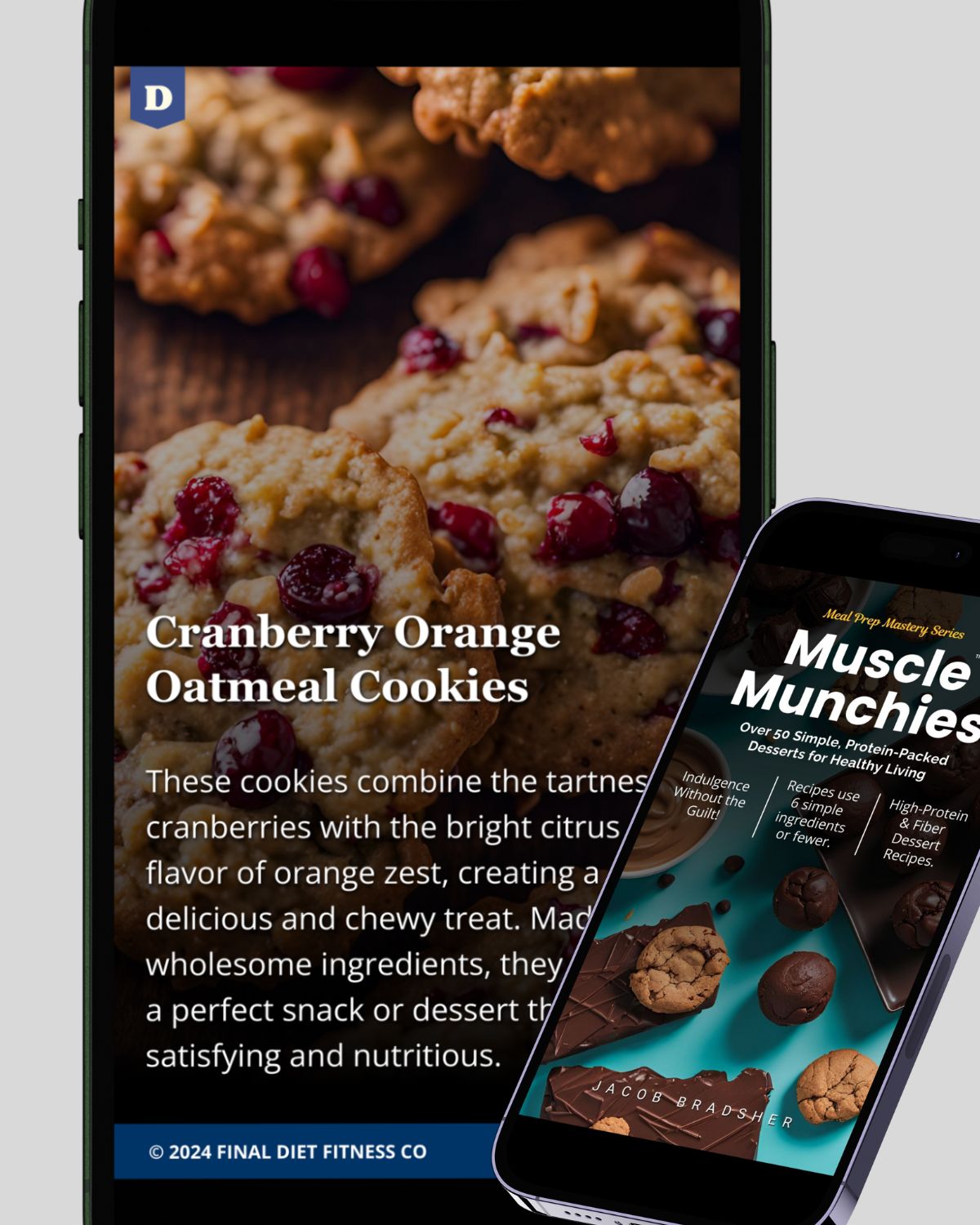
When it comes to fat loss, there are three main levers you can pull to create progress: caloric restriction, standard cardio, and daily activity. These tools work together to help you burn more calories than you consume, but how you combine them depends on your current lifestyle, energy intake, available time, and personal preferences. Let’s break down each lever and how to use them effectively for sustainable fat loss.
Lever 1: Caloric Restriction (Eating Less)
At its core, fat loss is about creating a calorie deficit. You need to consume fewer calories than your body burns throughout the day. The simplest way to start is by adjusting your food intake.
-
Where to Begin: Focus on whole, nutrient-dense foods that are high in protein and fiber. These keep you full longer, making it easier to stick to your calorie goal without feeling overly hungry.
-
Keep it Simple: Instead of eliminating entire food groups, look for small, manageable swaps—like choosing lean protein over fattier cuts or swapping calorie-dense snacks for fruits and veggies.
-
Practical Example: If you typically eat 2,500 calories daily, try reducing your intake by 300-500 calories. This moderate deficit is sustainable and won’t leave you feeling deprived.
The Key Takeaway: Find a calorie target you can stick to. No fad diets, no extremes—just consistent, mindful eating.
Lever 2: Standard Cardio (Heart-Pumping Workouts)
Cardio is a proven way to increase your calorie burn. Whether it’s running, cycling, rowing, or brisk walking, standard cardio can be an effective tool for fat loss.
-
Intensity & Duration: You don’t need to overdo it. Start with 20-30 minutes of moderate-intensity cardio a few times a week.
-
Pick What You Enjoy: Hate running? Don’t run. Choose activities that get your heart rate up but are enjoyable—like hiking, swimming, or dancing. The more you like it, the more likely you are to stick with it.
-
Timing Matters Less: Whether you do cardio in the morning, evening, or during lunch breaks, it’s about consistency. Choose times that fit into your schedule.
The Key Takeaway: Cardio is a tool—not a punishment. Use it strategically to increase your calorie burn without burning yourself out.
Lever 3: Daily Activity (Move More Throughout the Day)
This is the most underrated lever for fat loss but can have a huge impact. Increasing your daily activity—also known as Non-Exercise Activity Thermogenesis (NEAT)—means moving more outside of structured workouts.
-
Simple Ways to Increase Activity:
-
Take the stairs instead of the elevator.
-
Walk during phone calls or meetings.
-
Park farther away when running errands.
-
Aim to hit 8,000-10,000 steps daily (or start with small, achievable step goals).
-
-
Why It Works: NEAT can significantly increase your overall calorie burn without the added stress of intense workouts or restrictive eating.
The Key Takeaway: Small movements throughout the day add up. Stay mindful of your activity levels and look for opportunities to move more.
Combining the Levers: Find What Works for You
The beauty of these three levers is that you can adjust them based on your current needs, preferences, and time constraints. Here’s how to approach it:
-
If You’re Short on Time: Focus on caloric restriction and increasing daily activity. Small dietary adjustments and more steps can go a long way.
-
If You Enjoy Exercising: Incorporate cardio sessions you enjoy while maintaining a moderate calorie deficit.
-
If You Prefer Simplicity: Start with one lever—like hitting a calorie target—and layer in cardio or daily activity as you get comfortable.
The key is to pull the levers in a way that feels sustainable for you. Some weeks you may rely more on calorie control, while other weeks you might focus on movement and exercise. Fat loss doesn’t require perfection—just consistency over time.
Final Thoughts
Fat loss doesn’t have to be complicated. By combining caloric restriction, cardio, and daily activity in a way that fits your lifestyle, you can make steady progress without feeling overwhelmed. Start with small, sustainable changes and adjust as you go. Remember, it’s about progress, not perfection—so pull the levers that work best for you and keep moving forward.







